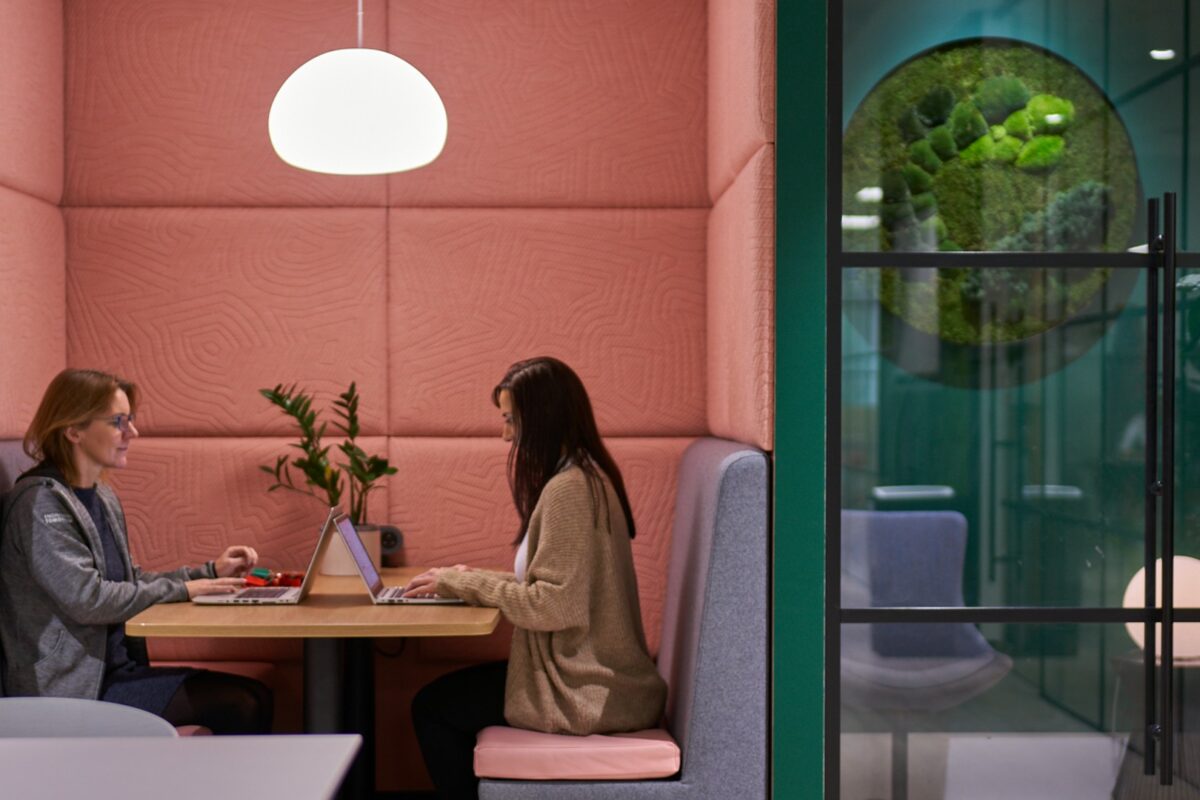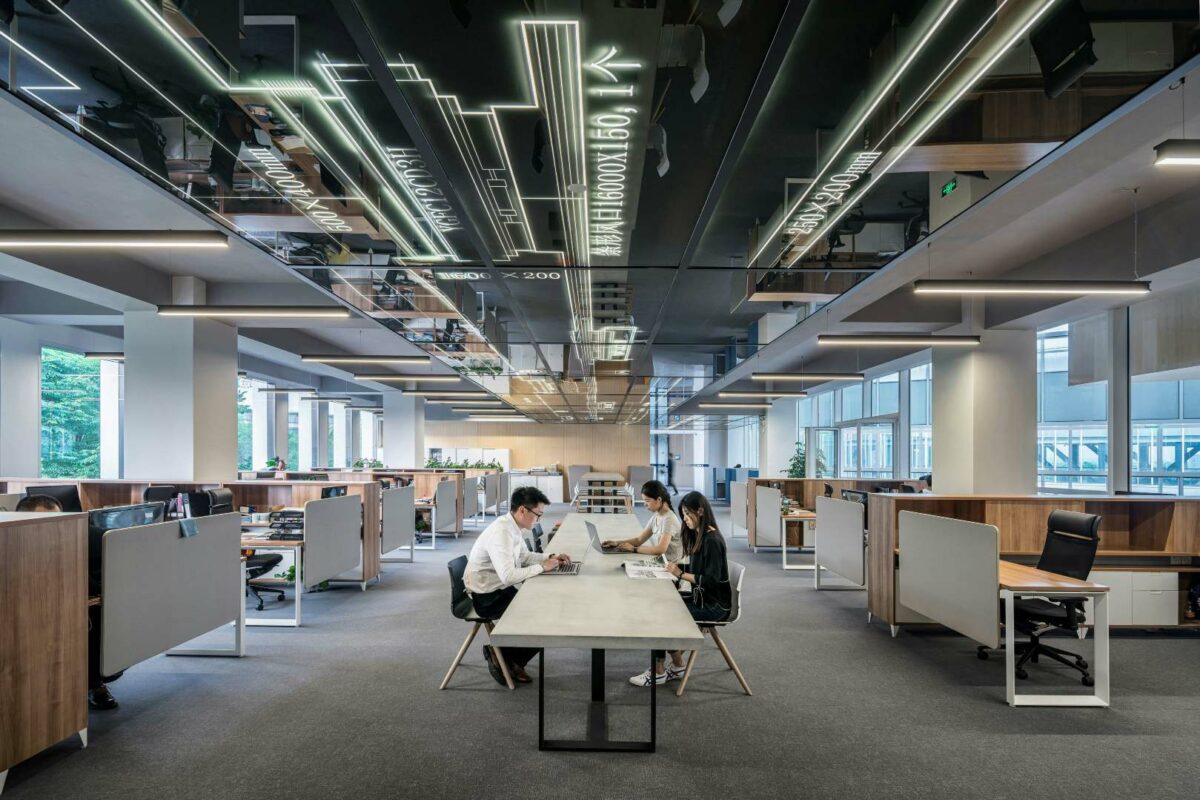With the UK’s social distancing restrictions seemingly set to continue for a little while longer, social media is abuzz with people learning languages, completing challenges for charity, revisiting a childhood love of drawing, working their way through piles of unread novels, or even writing one of their own.
There are certainly many ways for us to feel creatively and spiritually fulfilled during the lockdown, but one thing that could have real tangible benefits for us all is DIY around the home – although it’s often the first thing to slip off the bottom of the to-do list.
I’m not suggesting DIY in the sense of hammering nails into plasterboard and rupturing a water pipe (which is almost certainly not good for anyone’s mental health), but DIY design – creating a home space which is comfortable, uncluttered and beneficial to our health and wellbeing.
The anxiety impact
According to statistics recently released by Mental Health First Aid England, mental ill health is responsible for 72 million working days lost and costs £34.9 billion each year. Workplace stress is only one among many causes, but the everyday anxieties of adult life are numerous and hugely influential on our workplace productivity.
As Assael’s working from home survey recently revealed, the design of our homes can be one cause of stress, particularly if we are denied adequate and flexible space to relax, store our possessions and keep active. Our understanding of design for wellbeing has evolved over recent years, and one thing has become clear: our home environment has a significant impact on our physical and mental health. So, the question is, how do we fine-tune it to support us when we do finally return to the office?
There is much truth in the old adage that a tidy house equates to a tidy mind, and James Dyson’s recent rise to becoming the UK’s richest person would seem to suggest that consumers agree. But DIY design is about much more than keeping our homes clean, tidy, and well-vacuumed.
Relaxation matters
As I mentioned last month, it is important we find ways to bring light, comfort, and nature into our homes to improve our domestic workspaces. But we also need to rethink how we can use these principles to improve our relaxation space so that when the evenings and weekends are over, we’re ready and prepared to throw ourselves into work again.
Even simple steps to bring more light into rooms can make such a difference, especially during the winter months when it’s too cold to go outside. While it sounds obvious, it’s often forgotten how beneficial opening curtains at the start of each day can be. Clean your windows inside and out, as dusty windows can reduce the amount of light in a space by up to 40 percent. And finally, if you’re keen to take more drastic action, repaint rooms in lighter colours, and consider rearranging your furniture to ensure activities are happening in the brightest parts of your home.
While we’re using it so much at the moment, it’s also a good time to examine our furniture choice, if you can afford it. Is your sofa actually comfortable? Do your bookshelves, coffee tables or chairs add character to the space around you, or are they a stop-gap which have now become permanent fixtures? Does your mattress support your back properly? Again, it may sound obvious, but the value of a good bed can often be underestimated.
A lack of decent sleep and quality downtime is not just detrimental to our mental health, but it is also connected to many long-term illnesses, including heart-disease and cancer, so it’s essential that our leisure spaces and sleeping spaces are comfortable. That in turn will impact our wellbeing and productivity at work.
Embracing nature
Another key tool in keeping our mental health up is biophilia – a term which literally means ‘love of nature’. Research has shown repeatedly that nature makes us happy as well as improving our memory recall, reducing pain in people with chronic conditions, and even lowering crime levels in neighbourhoods by up to 8 percent in some studies.
This is an easy thing that we can all do in our own homes. Even if, like me, you don’t have a garden, you can buy potted plants online – whether you go for a few plants here and there or turn your home into an artificial rainforest.
Redesigning our homes does not have to be a scene out of DIY SOS, but there are simple, effective things that we can all do to improve the space around us and bolster our mental health and wellbeing for a productive working life.
So, enjoy the sense of accomplishment that comes with the process and use these steps to design a new, wellbeing-driven home that will keep you resilient to whatever challenges lay ahead.
Ben Channon is Head of Wellbeing at Assael Architecture. You’ll find more of his valuable insight here.

Content Team
Work in Mind is a content platform designed to give a voice to thinkers, businesses, journalists and regulatory bodies in the field of healthy buildings.




